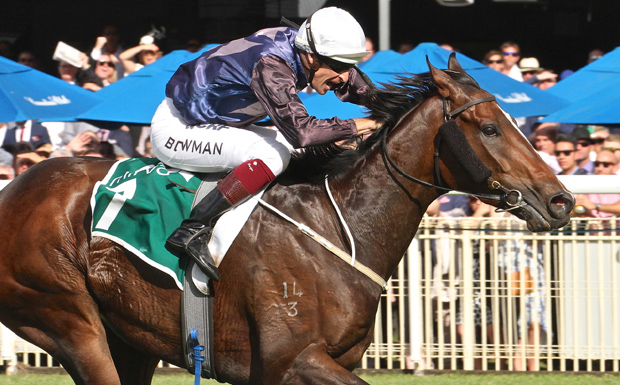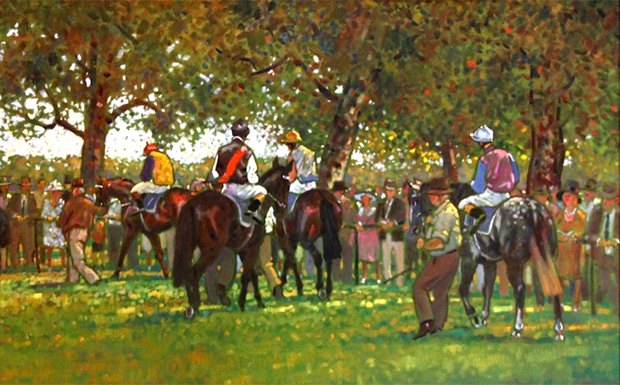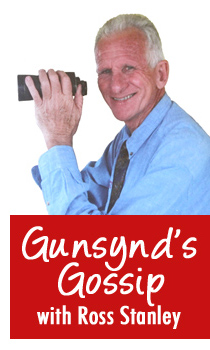
(Photo: Ross Stanley)
by Ross Stanley
There are many “outstanding” riders who have never sat astride a horse.
They are the expert watchers who presume that jockeys are equipped with rear view mirrors, can take plenty of time to make decisions and have a perfectly behaved mass of horseflesh underneath them.
They expect the tempo of races to match computerised speed maps and admire initiative when it works in their favour.
Social media forums are the breeding grounds for the usually negative assessments of these knowledgeable judges that rarely hear a horse whinny.
All riders make mistakes. A minute percentage of efforts are deliberately wrongful in intent. Such culprits, more often than not, are punished.
Everyone realises that horse-racing is a dangerous pursuit, subject to situations beyond the control of the pilot. Injuries can cause a period of pain and hardship.
They can also reshape lives permanently and, several times a year, they produce the ultimate of tragedies.
Protective gear requirements, malleable running rails and video surveillance are just three of the influences that have improved the safety levels for those on the back of rapidly moving thoroughbreds.
Although punters are vital contributors to prize money levels, they are not obliged to continue investing.
Yes, jockeys, trainers,owners and breeders can quit the industry by choice at any time but their commitment to the industry is complex and deeper.
Anyway, right now it is Jockey Celebration time and many of Australia’s race clubs operating this weekend have race names and events to commemorate the occasion.
Locally, the purpose will be recognised next Saturday on Fitzroy Hotel Nanango Cup day at Lee Park.
Further information regarding Australian jockeys is available from the National Jockeys Trust.
Take a moment to think and thank!
* * *

(Courtesy: The Malt Family )
Pictorially Speaking
This week’s selection of photographs touches on parts of a race-rider’s day at the office.
The parade-ring painting displays the flair of Brian Malt, the internationally acclaimed equine artist who passed away in Toowoomba last week following a long illness.
Malt’s early days were spent as a country bookmaker’s clerk, and rural racing was a significant aspect of his work.
His story was featured in the May 2016 issue of RACE Magazine.
The tale is accessible via the magazine link at Racing Queensland’s web site map.
The Hugh Bowman image is interesting because his foot placement is at variance with the popular, contemporary toe in the stirrup style.
The snap of the very even despatch of the 2017 Guineas field from the gates at Doomben shows how jockeys have little time to pick their option at the pivotal moment.
Incidentally, Bowman on Salsonic was the slowest to begin.
* * *

Report Recommends Track Remediation Plan
Below is a media statement released by Racing Queensland on Friday:
An independent report into the Eagle Farm track surface has recommended a remediation plan, which targets a return to racing in April 2018.
Racing Queensland appointed former Victoria Racing Club CEO Dale Monteith to conduct the review, after a direction from Racing Minister Grace Grace to take all necessary steps to ensure Eagle Farm is returned to a fit state for racing.
Racing Queensland CEO Dr Eliot Forbes said he was pleased the report provided a definitive solution to address performance issues with the track.
“This report has taken into account all the circumstances and feedback on the track design, construction and maintenance. I would like to thank Mr Monteith for his diligent work and all stakeholders who have provided information for the review.”
The 31-page report identifies several factors that contributed to the track’s performance including:
- The sand chosen
- The grass chosen
- Maintenance programs during and after track construction
- Weather events at critical maintenance times
- The racing program in the first 12 months
- The budget available for the project
The Monteith Report recommends a major refurbishment of the track including the total removal of the existing grass and thatch layer and re-blending the profile to include angular sand types to improve stability.
It also recommended laying couch grass and a graduated return to a racing for the first year of racing and thereafter, depending upon track performance.
“Both Mr Monteith and Sports Turf Consultants agree on the remediation recommendations, however we took the extra step of commissioning soil Dr Mick Battam to conduct a peer review,” Dr Forbes said.
“That second review has concurred with the recommendations and I am pleased to say we now have an in-principle agreement with the Brisbane Racing Club to implement a robust and enduring solution.”
BRC Chairman Neville Bell said:
“We welcome the review of the track. We look forward to working with Racing Queensland to ensure Eagle Farm is ready for the 2018 Brisbane Racing Carnival. Over more than a century, Eagle Farm has proven to be very popular with punters and we want to ensure that history stretches over many more years.”
Mr Monteith assessed the track design, construction and maintenance of Eagle Farm.
Testing identified the track was built to the design specification and that the parties agreed to practical completion in May 2016, with racing resuming in June 2016.
While the sand profile met USGA standards and was successfully used at a number of tracks around Australia, the report concluded an angular sand profile (or sandy loam) and couch grass may have assisted in stabilising the surface.
Responsibility for maintenance of the track was transferred from contractor Evergreen to the Brisbane Racing Club in August 2015 after budget revisions reduced the Evergreen maintenance period from 12 months to 3 months.
A combination of factors between January and April this year, including an extreme weather event during a heavy race schedule, the treatment of a nematode infestation and the application of organic fertilisers to the surface, contributed to the build-up of an unhealthy organic layer that retarded grass growth and ultimately turf performance.
Racing Queensland deemed the track unfit for racing after the Kingsford-Smith Cup on May 27, 2017 and subsequent events were transferred to Doomben.
As part of the review and on the advice of Mr Monteith, Racing Queensland commissioned a comprehensive testing regime of the surface by Sports Turf Consultants and their recommendations are included in the Monteith report.
Racing Queensland and the Brisbane Racing Club have agreed in-principle on the scope of works for remediation. Racing Queensland will project manage the works and intends to finance the project via the Racing Infrastructure Fund.
The total cost will be known once the scope is finalised and work tenders are returned.
Racing Queensland has already re-modelled the 2017/18 Summer Carnival to accommodate Eagle Farm’s unavailability and will begin discussions with relevant clubs immediately.
Among the carnival changes is the movement of three Brisbane Racing Club metropolitan race meetings from Eagle Farm to Doomben, including the key Bernborough Stakes meeting on 30 December 2017.
The Brisbane Racing Club and Racing Queensland are reviewing the club’s full race dates schedule to factor in Eagle Farm’s outage leading up to the 2018 Queensland Winter Racing Carnival.
Note: The full report is available from RQ’s website.
























